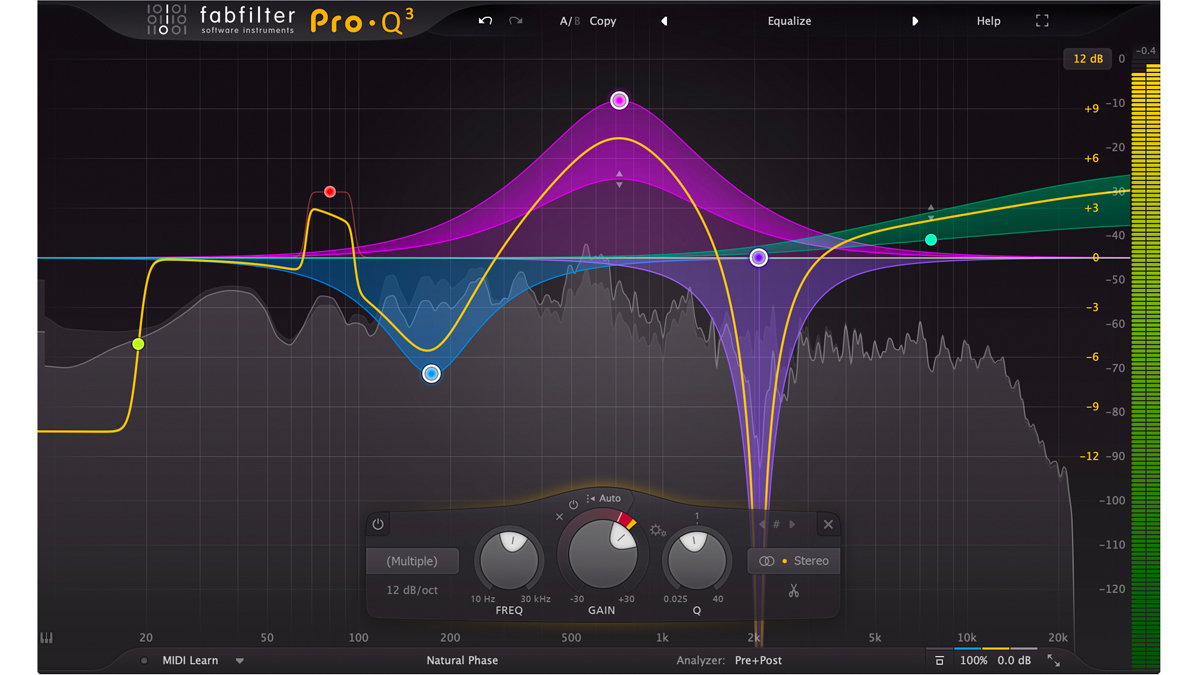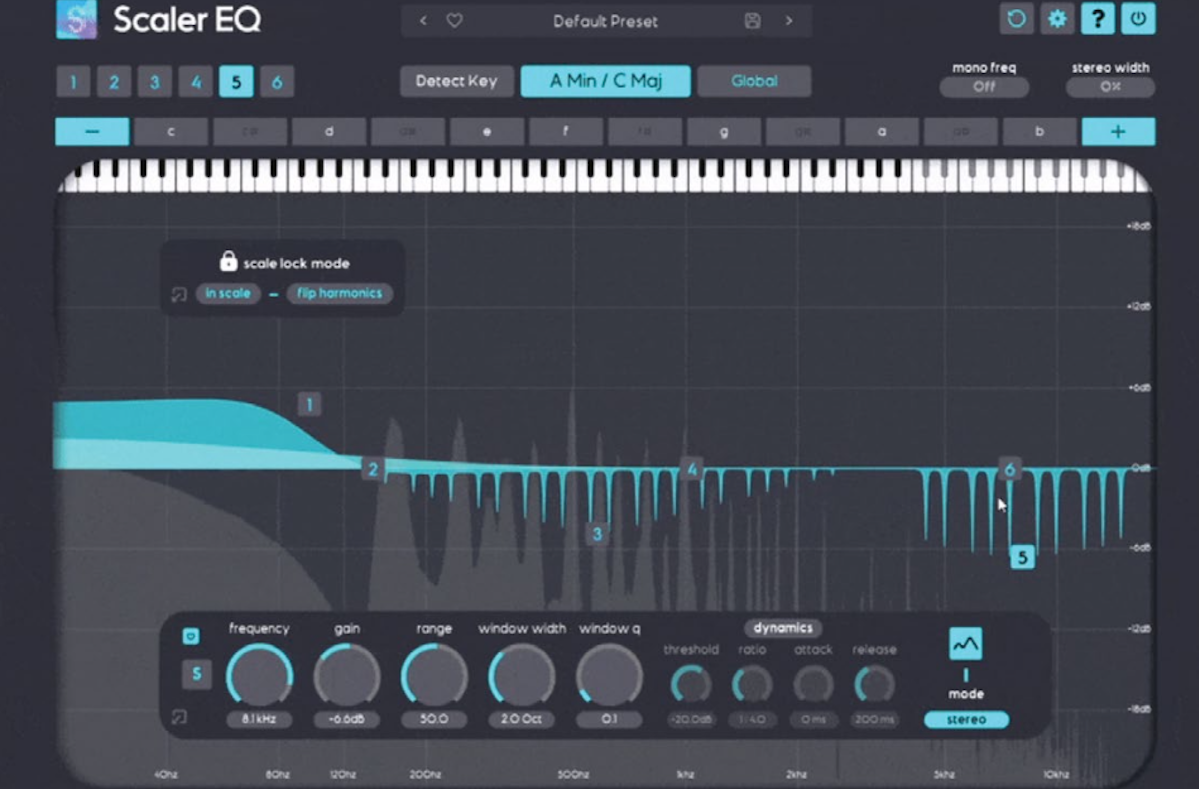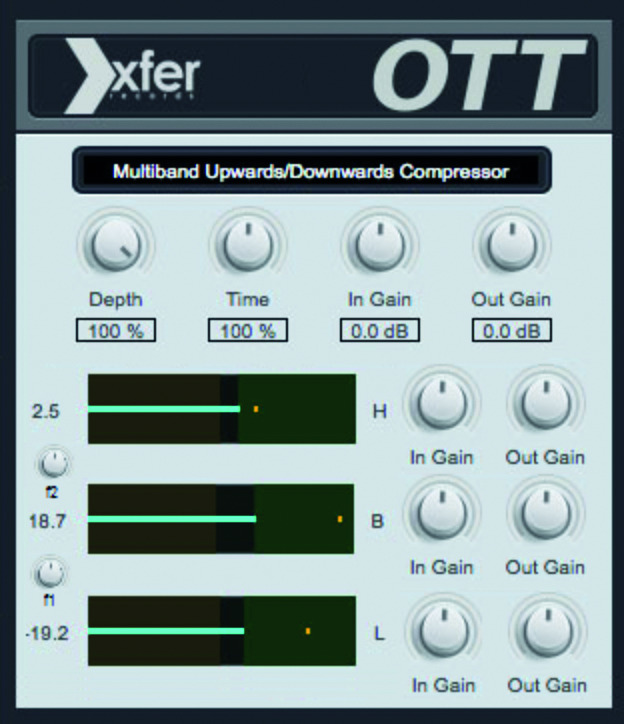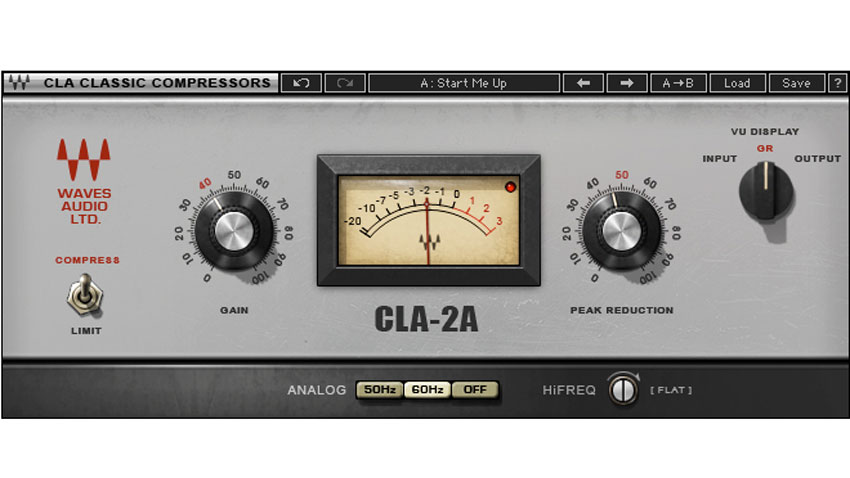5 quick EQ and dynamics tips: "On heavily dynamic signals like guitars and vocals, which go from loud, powerful spikes to low, detailed moments, try serial compression"
Tame your levels and tweak your frequencies with these five handy tips for EQ and dynamics

EQ and compression are two of the most essential tools in a producer's arsenal, and two of the most frequently misunderstood. Here, we cover five quick and dirty tips for taming dynamics and tweaking frequencies.
1. Musical EQ

Software EQs such as FabFilter Pro-Q or Ableton’s EQ Eight offer the capability to set the EQ bands not only based on the frequency value, but also by musical note. This has some handy musical applications, particularly when it comes to boosting the fundamental frequency of a sound.

https://www.musicradar.com/news/plugin-boutique-scaler-eq
If, for example, your track is in the key of A, applying a targeted frequency boost at 55 Hz (a low A note), can help provide a harmonically pleasing foundation to your track. Similarly, targeted cuts can help prevent intersecting melodic elements from clashing. Even if your chosen EQ doesn’t display note data, plenty of musical frequency charts can be found online allowing for an easy DIY approach.
2. Serial compression
On heavily dynamic signals like guitars and vocals, which go from loud, powerful spikes to low, detailed moments, try serial compression. This uses multiple compressors for different jobs. You might use a fast compressor, possibly with lookahead engaged, to clamp down on the spikiest parts of the signal with a high ratio and threshold.
On heavily dynamic signals like guitars and vocals, which go from loud, powerful spikes to low, detailed moments, try serial compression.
Then, your ‘character compressor’ is engaged over the newly tamed signal, bringing together the spikes and details in a highly musical type of compression. A characterful analogue-style compressor works well for this stage, with slow attack and release times, and low ratio and threshold settings.
3. Going multiband

Multiband compressors are fairly commonplace these days, being included in the stock toolsets of most DAWs. But when exactly is a multiband dynamics tool more appropriate than a single-band one?
Broadly speaking, multiband compressors are best suited to balancing complex audio that spans a wide frequency range. This could be, for example, a master mix, a full drum kit recording, or a synth part containing both high and low frequency elements.
Want all the hottest music and gear news, reviews, deals, features and more, direct to your inbox? Sign up here.
A common use of multiband compression is to either tame or accentuate the higher frequencies in an audio file. You could, for example, use compression with a rapid attack to soften the spiky transients of drum recording without affecting the punch of the kick or snare. Alternatively, gentle compression of the high-mid frequencies can help a vocal sound polished and add presence without losing its dynamic range.
4. Up and down
A standard compressor will bring down the level of a signal once that signal has passed the threshold. Another term for this is downward compression – in other words, the dynamic range is being compressed by bringing louder parts of the signal downward. Sure, we usually just call it ‘compression’, but the distinction becomes useful when you encounter something called upward compression.
Upward compression again leaves us with a lower dynamic range in our signal, only here it’s done by bringing the quietest parts upward in level when they’re below a certain threshold. In FabFilter’s Pro-MB, say, this is achieved by increasing the Range parameter to a positive value in compression mode.
Now add two other concepts to the equation: upward expansion and downward expansion. If you can’t guess, downward expansion means that signals below the threshold are reduced, thereby expanding the dynamic range of a signal – this is what we tend to mean when we talk about expansion in general. Upward expansion, therefore, would be increasing the loudest signals above a certain threshold in order to expand the dynamic range.
Although downward compression is the most common tool you’ll find in a mixing context, these other approaches are useful, particularly when it comes to restoring the body and presence of overly quiet or poorly recorded audio files.
5. Transient vs tonal

One of the more recent developments in the EQ realm is a new breed of ‘spectral’ tools that allow the user to process the transient – ie atonal, percussive – and tonal elements of sound separately. Eventide’s SplitEQ is probably the best known example of this, but Bitwig Studio’s Transient Split offers similar functionality.
So what’s the benefit of this? At their most basic, these tools can function like a more advanced transient shaper, allowing the user to increase or decrease the ‘punch’ of an audio file in relation to its body.
One of the more recent developments in the EQ realm is a new breed of ‘spectral’ tools that allow the user to process the transient – ie atonal, percussive – and tonal elements of sound separately.
They can be used more creatively than this though. SplitEQ, for example, combines mid/side capabilities with its transient split technology, allowing the user to boost the width of just the tonal elements of a sound whilst keeping the punchy transients centred.
Bitwig’s Transient Split goes further, allowing any effect to be applied to either element, allowing users to do things like distort just one element or even apply differing delays to the transient and tonal parts of a sound.


Future Music is the number one magazine for today's producers. Packed with technique and technology we'll help you make great new music. All-access artist interviews, in-depth gear reviews, essential production tutorials and much more. Every marvellous monthly edition features reliable reviews of the latest and greatest hardware and software technology and techniques, unparalleled advice, in-depth interviews, sensational free samples and so much more to improve the experience and outcome of your music-making.

